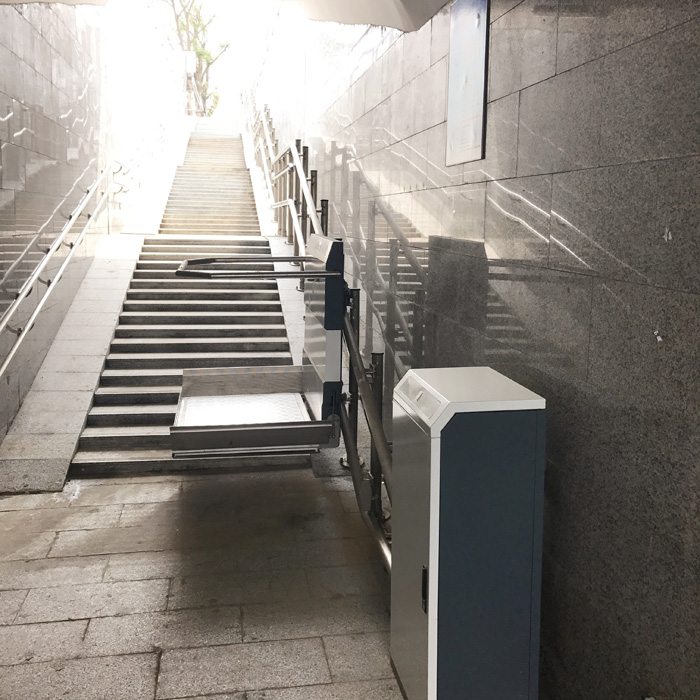
Inclined wheelchair lifts are a type of accessibility equipment designed to transport wheelchair users up or down stairs or inclines. These lifts are a popular alternative to traditional stairlifts or vertical platform lifts, as they provide greater flexibility in terms of installation and can be used in a variety of settings.
One of the key benefits of inclined wheelchair lifts is their efficiency in terms of space utilization. Unlike traditional vertical platform lifts, which require a dedicated shaft or area for installation, inclined wheelchair lifts can be installed directly onto existing staircases or inclines. This means that they take up less space and can be easily integrated into existing buildings without the need for major renovations.
Another factor that contributes to the efficiency of inclined wheelchair lifts is their ease of use. Most models are operated by a simple push-button control or a remote control, making them easy for wheelchair users to operate independently. Additionally, many inclined wheelchair lifts are designed with safety features such as anti-slip platforms, safety barriers, and emergency stop buttons, ensuring a safe and comfortable ride for users.
In terms of energy efficiency, inclined wheelchair lifts are generally more efficient than vertical platform lifts. This is because inclined lifts rely on a motorized drive system to transport users along the incline, which requires less energy compared to lifting a platform vertically. Additionally, some models of inclined wheelchair lifts are battery-operated, which further reduces energy consumption and allows for operation during power outages.
